Dhaka, Nov 26 (V7N) – Nearly 62 million people in Bangladesh—about one-third of the country’s population—remain at risk of falling back below the poverty line due to illness, natural disasters, or other unforeseen crises, according to the World Bank. The findings were published on Tuesday in the “Poverty and Equity Assessment for Bangladesh 2025.”
The report states that poverty in Bangladesh declined significantly between 2010 and 2022. During this period, 22 million people rose out of poverty, while 9 million moved out of extreme poverty. Access to essential services—including electricity, education, and sanitation—also expanded, contributing to overall improvements in living standards.
However, the pace of poverty reduction has slowed since 2016. According to the World Bank, economic growth has become less inclusive, allowing wealthier groups to benefit disproportionately and widening income inequality. While rural poverty has continued to decline largely due to agriculture, urban poverty reduction has stagnated. By 2022, one in every four people was living in urban areas, accelerating urbanization and intensifying challenges in cities.
Extreme poverty dropped from 12.2 percent in 2010 to 5.6 percent in 2022, while moderate poverty declined from 37.1 percent to 18.7 percent over the same period.
World Bank Country Director for Bangladesh and Bhutan, Jean-Pascal Pame, noted that Bangladesh has long been recognized for its progress in reducing poverty. However, climate risks, shifting global dynamics, and slow job creation have put pressure on labor incomes. He warned that traditional pathways to poverty reduction may no longer be sufficient.
Pame emphasized that generating employment—especially for youth, women, and vulnerable groups—is the most effective strategy for reducing poverty sustainably.
The report highlights stagnation in employment growth. Limited job creation in productive sectors has disproportionately affected women and young people. Nationally, one in five women is unemployed, and among educated women the rate rises to one in four. Job creation outside Dhaka has slowed sharply, further restricting opportunities.
Nearly half of young people aged 15 to 29 are engaged in low-wage work, reflecting mismatches between skills and labor market demands.
Migration, both internal and international, remains a major pathway for many families to escape poverty. However, high migration costs and poor living conditions in congested urban areas continue to hinder progress.
Weak management of social protection programs is another concern. The report notes that in 2022, 35 percent of social protection beneficiaries belonged to wealthier households, while half of the extremely poor received no support. A significant share of subsidies for electricity, fuel, and fertilizer also benefited relatively wealthier families.
To address poverty and inequality, the World Bank outlines four key priorities:
-
Strengthening job creation in productive sectors
-
Expanding employment opportunities for the poor and vulnerable
-
Increasing investment in processing industries and building pro-poor markets
-
Ensuring effective social protection programs and a stronger fiscal framework
Senior Economist Sergio Olivieri added that Bangladesh has made progress in reducing regional disparities, but climate risks are worsening inequalities between urban and rural areas. He noted that with innovative policies, better connectivity, quality urban employment, and pro-poor agricultural value chains, Bangladesh could regain and accelerate the pace of poverty reduction.
END/V7D/SMA/



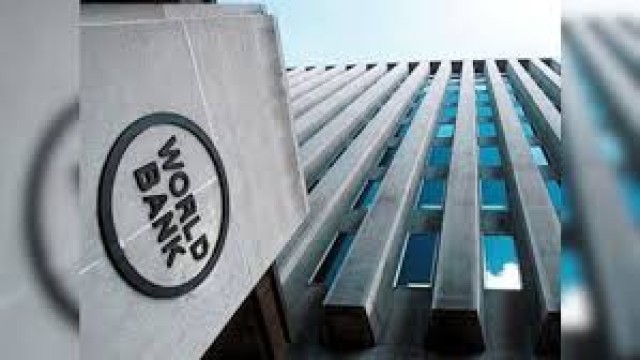
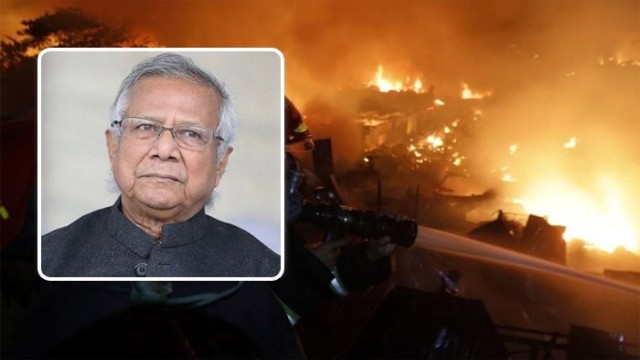
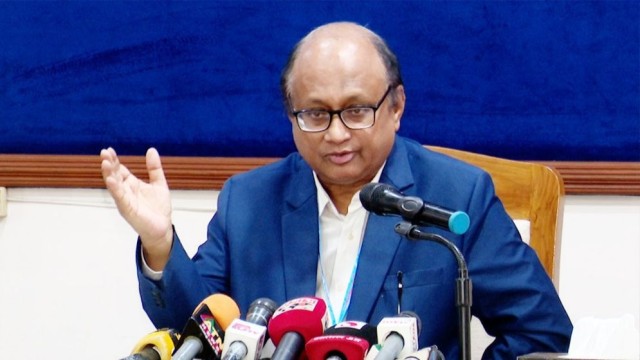
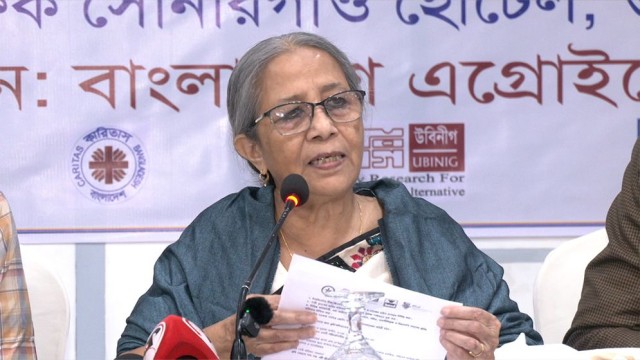
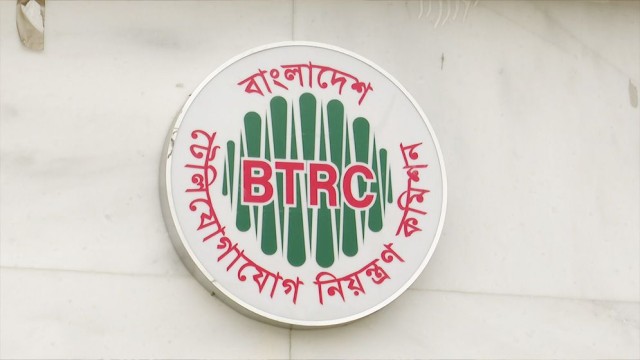

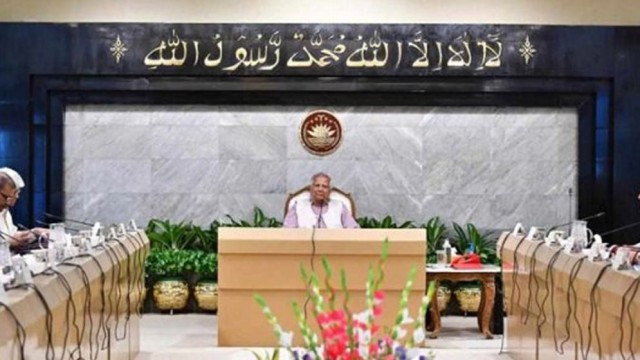
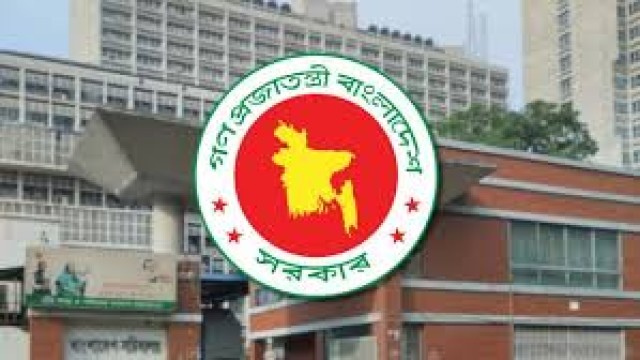
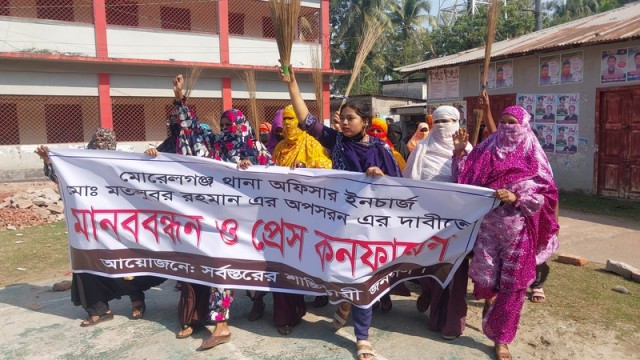
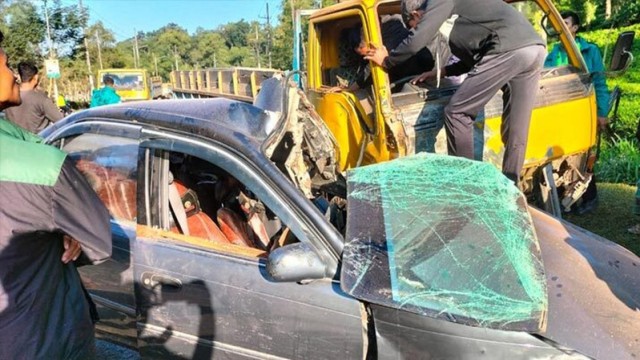


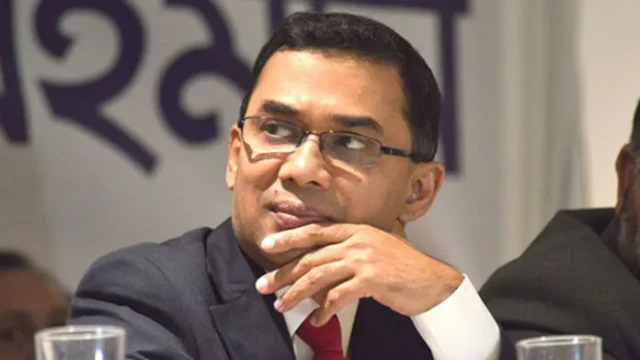

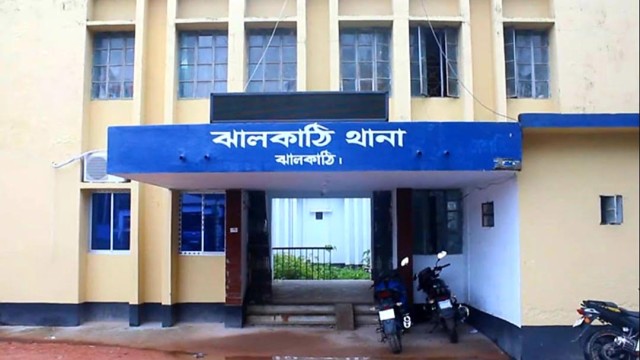






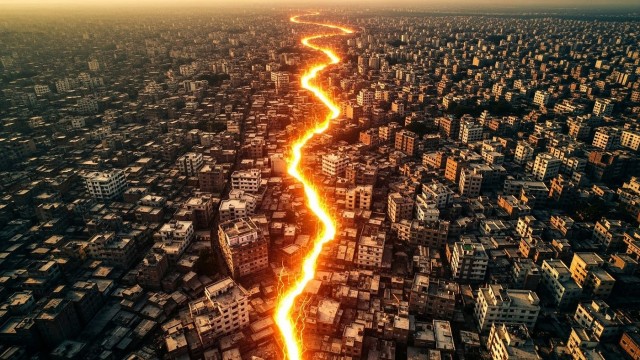
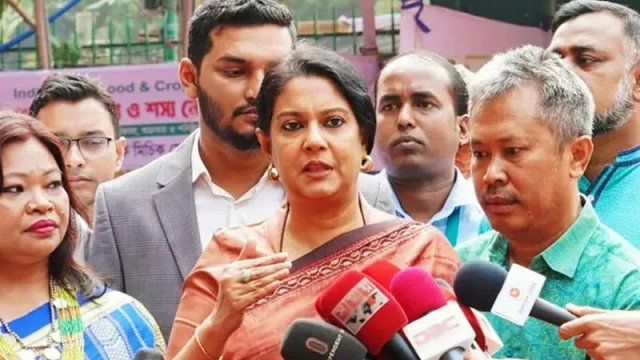


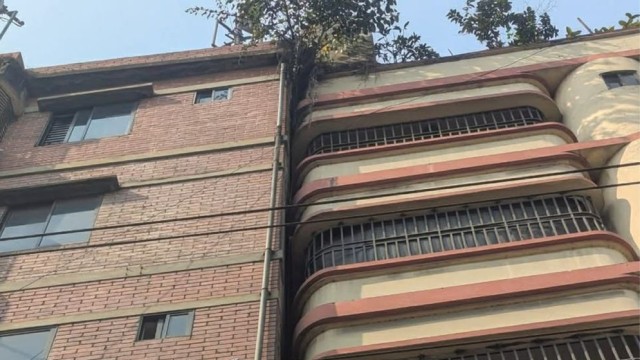
Comment: